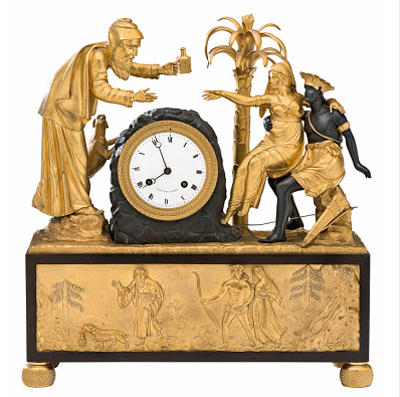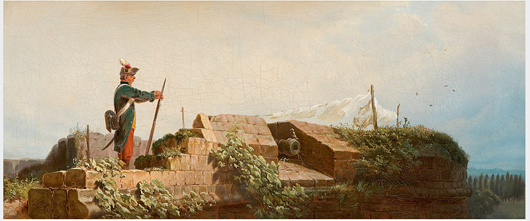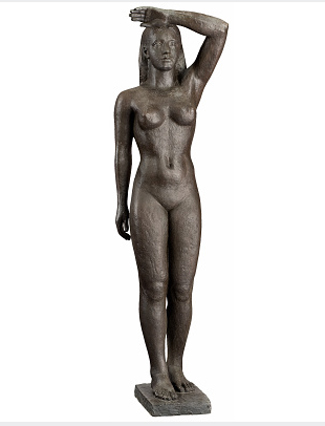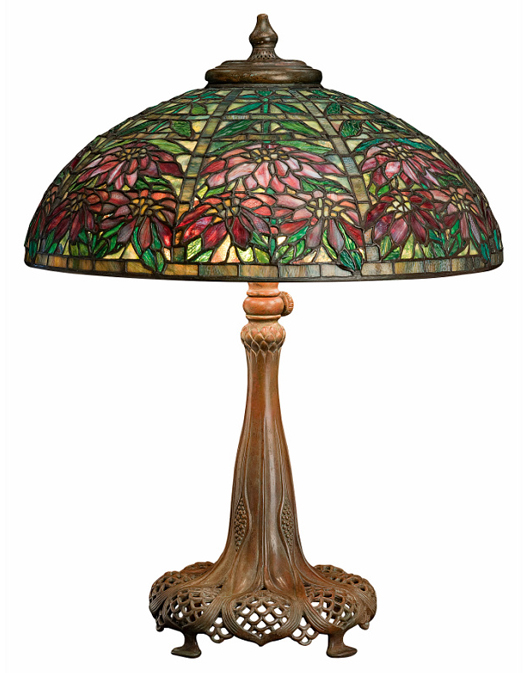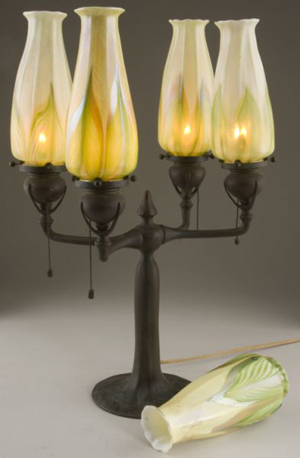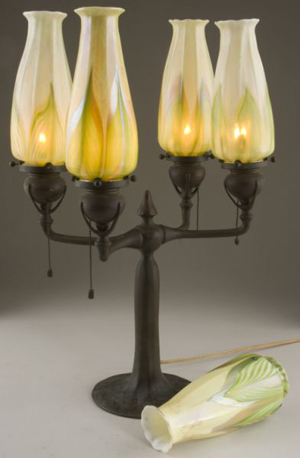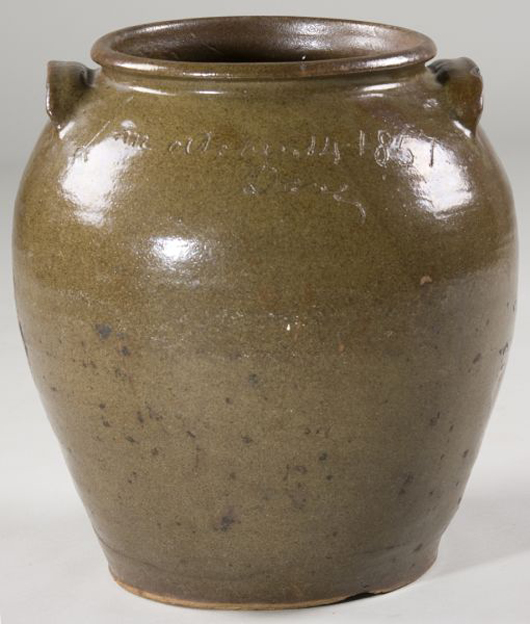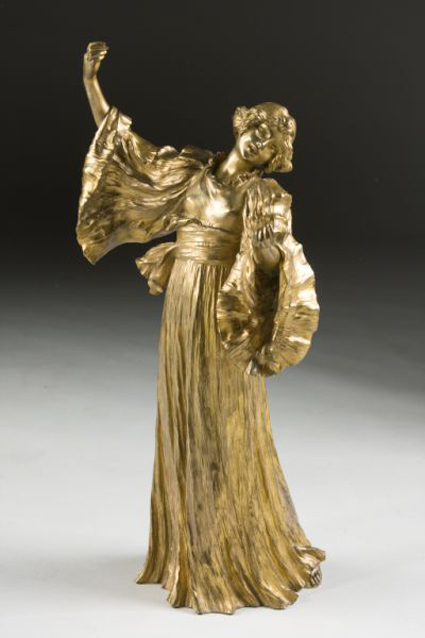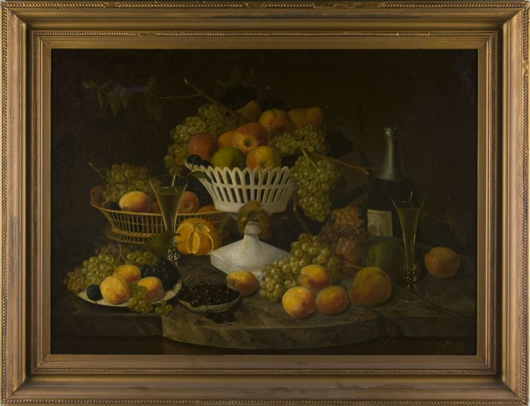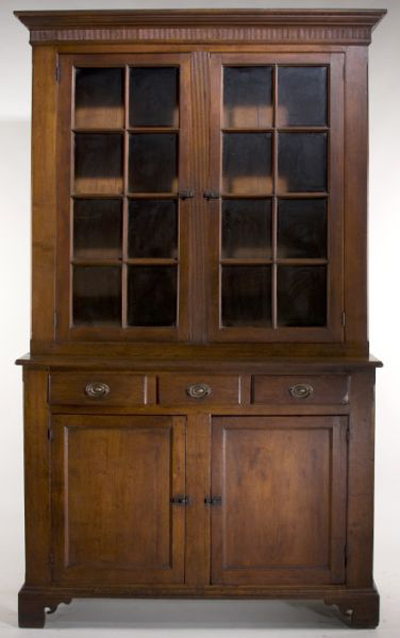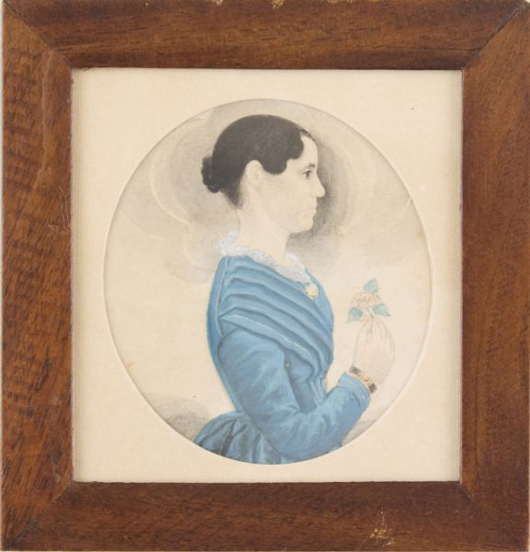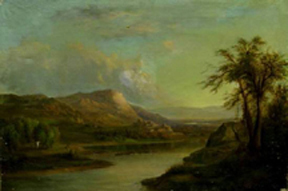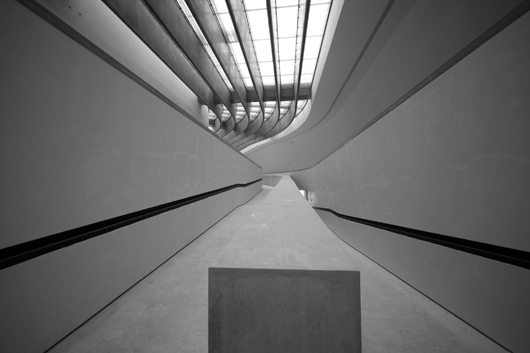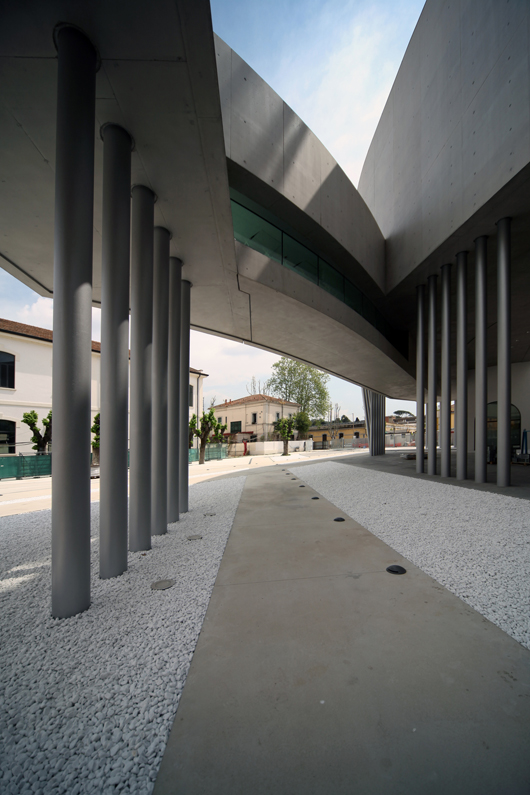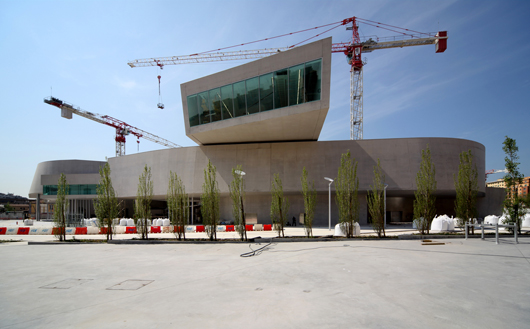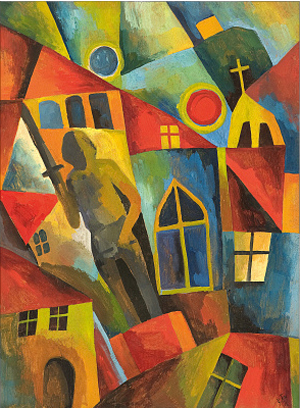
SULZBURG, GERMANY – Germany’s “auction house in a castle,” Auktionshaus Kaupp, is making history with its 2,800-lot fall sale. Not only will its Nov. 26-28 auction series comprise the biggest event ever conducted by the company, its contents also required the production of a four-volume catalog – the largest in the firm’s history.
The upcoming sale reveals Auktionshaus Kaupp’s stronger focus on Modern and Contemporary art, with one of the catalog volumes devoted entirely to the genre. But director Karlheinz Kaupp says he and his team have assembled an exceptional spectrum of art objects covering almost all collector’s interests, thanks to various extraordinary consignments from Noble provenances such as Villa Douglas, former property of countess Marie von der Goltz; property of the von Brauchitsch and derer von Rom families; and numerous other consignors.
A private collection of carpets from southern Germany and a huge collection of jewelry and wristwatches from a Nuremberg patrician dynasty will be offered, as well as a sizable collection of 18th- and 19th-century glassware from the estate of an entrepreneurial family from Freiburg.
Decorative arts are in the spotlight on day one. From a Thuringian private estate comes an impressive collection of 18th-century Meissen porcelain, including a tankard with Kakiemon decoration, a Lowenfinck tureen whose cover features numerous fabulous characters, a 1780s landscape-decorated tobacco box and a chinoiserie pot with handle designed by Meissen director Johann Gregorius Hoeroldt.
Kaupp will offer approximately 180 special glass objects on Nov. 26, most of which are from the aforementioned Freiburg estate. Highlights include a circa-1744 glass with lid decorated with a crowned coat of arms, and a circa-1610 beaker. Additionally, there will be many magnificent glasses, bottles and beakers with reasonable opening prices.
Also on opening day, Kaupp will present a fine selection of Russian works of art, including a set of important Russian Easter eggs by the imperial porcelain manufacture St. Petersburg. One of the eggs has a portrait of St. Anthony, while another from around 1870 shows a view of the Alexander Newski church in Potsdam from around 1870.
In the Art Nouveau/Art Deco section, one of the highlights is certainly the signed, circa-1910 Tiffany Studios Double Poinsettia table lamp. Another key lot is the bronze vase by Chalon, showing a female nude with ice crystals in her hair.
Jewelry and watches are contained in their own separate auction catalog volume. Among the featured lots are a courtly ensemble of natural pearls and diamonds, and a museum-quality pendule à negre featuring an allegory of trade with the colonies and the ideal of a noble savage. Also noteworthy are two table clocks from the 17th century made by Johann Sayller of Ulm and Christoff Müller from Augsburg.
Day three includes a variety of bronze sculptures and other first-class objets d’art, including a rococo ivory bacchante scene attributed to the French sculptor Claude Michel Clodion. A moderate estimate has been placed on a nice, 17th-century Venetian box.
A finely crafted mircomosaic brooch in an 18K gold mounting depicting the Roman Pantheon, a micromosaic box with a view of the Colosseum in Rome are deemed to be pieces of exceptional quality.
Amongst the Old Master paintings is the exquisite Girl with Dove, attributed to the famous rococo painter François Boucher. An equally impressive painting titled Consequences of War probably came from the studio of Peter Paul Rubens. Also highly regarded is a painting attributed to one of the most famous rococo masters – Jean Antoine Watteau.
After the success of the spring auction, Kaupp is particularly pleased to be able to sell four additional works of excellent quality by Carl Spitzweg. The top lot is undoubtedly the enchanting painting On the Bastion. The painting shows a yawning soldier standing on the top of an inoperative, almost romantic bastion. Other important Spitzweg works include The Serenade and the small, charming painting The Watchmen. All Spitzweg paintings are listed in the catalogue raisonné by Prof. Dr. Wichmann, and detailed expert reports for these works, written by Prof. Wichmann, are available. The three paintings are joined by Landscape with a Small Town, which proves Spitzweg’s mastership in landscape painting.
In addition to traditional 19th-century paintings, Kaupp also offers various interesting works from the early 20th century, such as a portrait of the legendary French vaudeville dancer Cléo de Mérode, attributed to Giovanni Boldini. Cows Returning Home by Hans Thoma was formerly part of the Collection of Georg Schäfer in Schweinfurt, and most recently was owned by a Swiss gentleman.
Arabian Warriors is considered one of the most brilliant canvasses by Arthur Trevor Haddon. The painting shows Arabian men on horseback with weapons, in front of Oriental architecture.
In the Modern art section are works by Rupprecht Geiger, Arnold Topp, Rita McBride, Otto Dill and Nam June Paik. Lovis Corinth is represented with one of his famous and sought-after Walchensee paintings showing the beautiful lake in Upper Bavaria and its surroundings. The North American painter Edward Alfred Cucuel, whose impressionistic works have been influenced by various study visits in France, is represented with a nice portrait of a woman and a floral still life. Sculptures include five exceptional works by Ludwig Kasper. All are listed in the catalogue raisonné by Werner Haftmann, and four of them were exhibited in the Georg Kolbe Museum in Berlin as a long-term loan.
The auction offering is rounded out by carpets, fine silver, prints and books, clocks and quality furniture from the Baroque through Biedermeier periods.
The preview will take place at Castle Sulzburg from Nov. 17-23. For further information call 011 49 7634 50 38 0 or e-mail auktionen@kaupp.de. View the fully illustrated catalog online at www.kaupp.de.
# # #
ADDITIONAL LOTS OF NOTE
